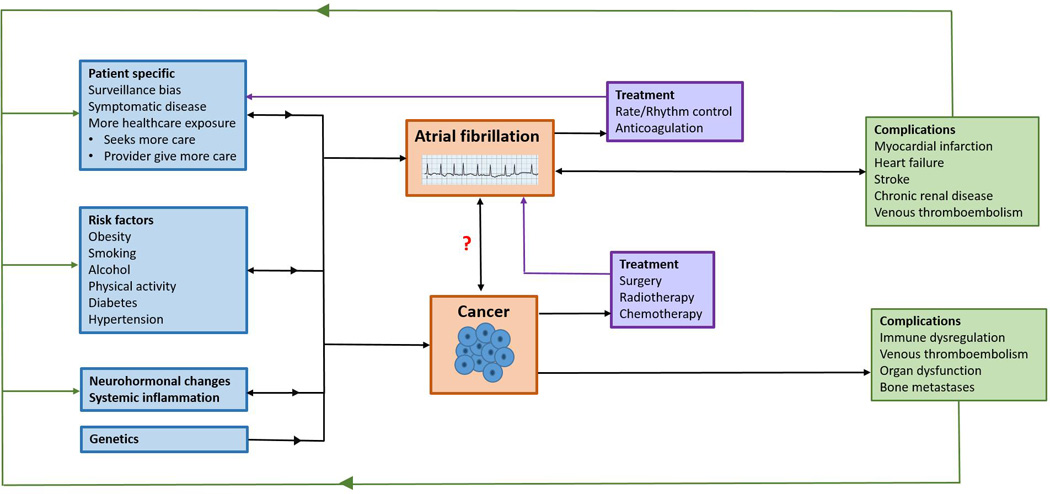Figure 1. Possible components underlying the association between atrial fibrillation and cancer.

The factors contributing to the development, diagnosis, treatment, and complications of atrial fibrillation (AF) and cancer have complex interrelations, many of which are bidirectional. The development of AF and cancer are promoted by genetics, risk factors, systemic inflammation, and neurohormonal changes. Patient specific factors affect the likelihood of both conditions’ diagnosis. AF and cancer may in turn modify patient specific factors, the original risk factors, neurohormonal systems, and systemic inflammation. AF treatment is associated with increased healthcare exposure such as INR monitoring, follow-up outpatient visits, and increased risk of bleeding, which may hasten cancer diagnosis. Cancer treatments may also promote AF. Both AF and cancer can lead to multiple complications, which can further modify healthcare exposure, the original risk factors, systemic inflammation, and neurohormonal systems. The mechanisms underlying the bidirectional relations AF and cancer are incompletely understood and require further research.
